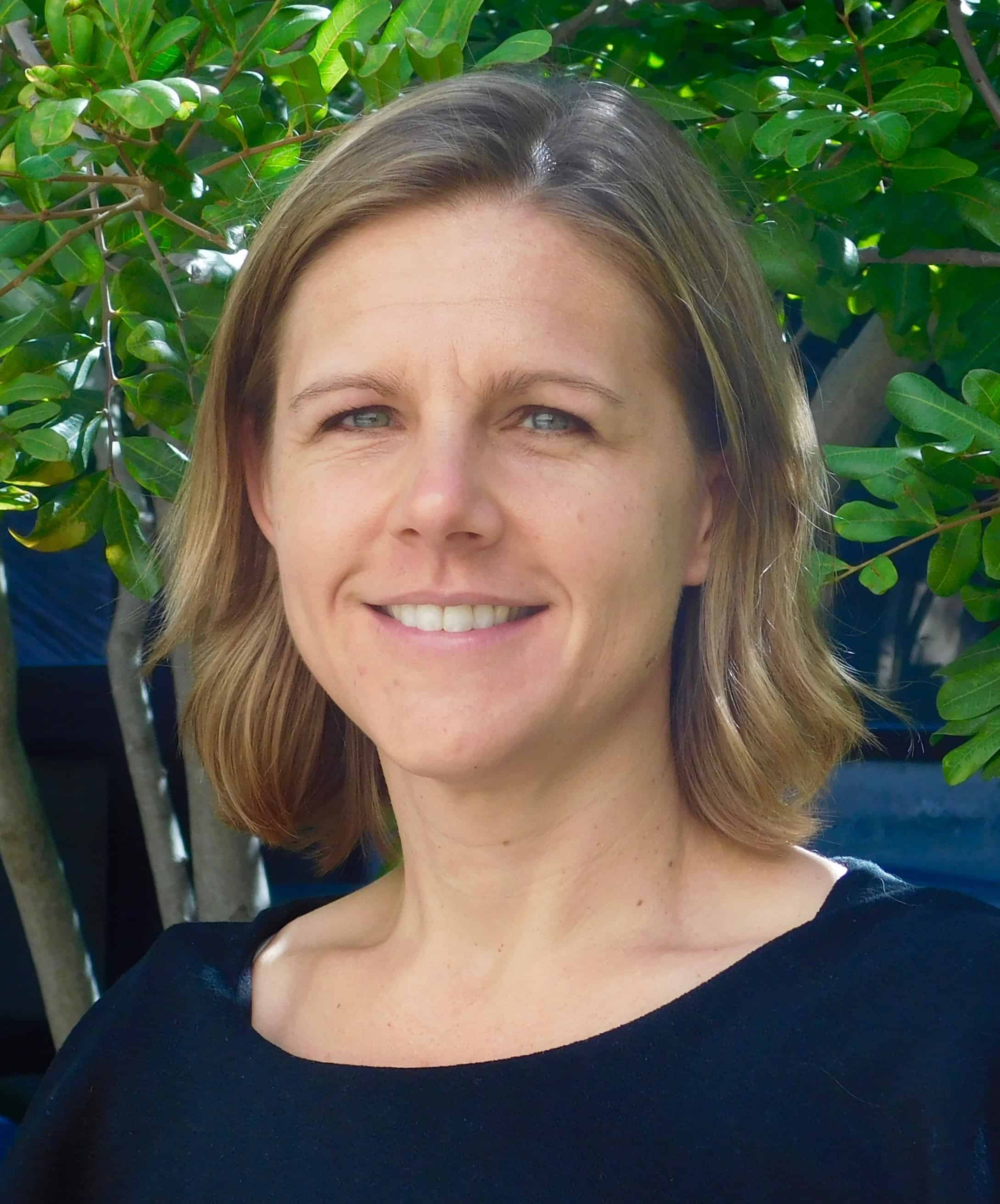Additive manufacturing glass optics
Lawrence Livermore National Laboratory’s Rebecca Dylla-Spears discusses optics and how 3D printing glass has opened doors to creating new optical components
 When it comes to advanced glass optics, additive manufacturing provides a new level of freedom to create and customise the structure or composition of optical elements. It is this promise of developing new configurations and optical components to extend the possibilities for designers that has helped to drive the development of the direct ink writing (DIW) process for 3D printing glass.
When it comes to advanced glass optics, additive manufacturing provides a new level of freedom to create and customise the structure or composition of optical elements. It is this promise of developing new configurations and optical components to extend the possibilities for designers that has helped to drive the development of the direct ink writing (DIW) process for 3D printing glass.
I started developing the process for DIW-printed glass along with my team at Lawrence Livermore National Laboratory three and a half years ago. The technique enables blending of multiple compositions together to create new gradients and patterns in glass lenses, and our ultimate goal is to apply it to improve the size, weight and power of optical systems.
Like other additive manufacturing systems, DIW is extrusion-based. The flow properties of the silica paste ‘inks’ have been specially formulated and tuned to be extrudable when they come out of the nozzle and to then hold their shape. This enables the material to be deposited filament by filament, forming a determined structure. We call these initial geometries ‘green bodies’. They contain silica, solvents and organic species, and due to their porosity, are low density.
Register now to continue reading
Thanks for visiting The Engineer. You’ve now reached your monthly limit of premium content. Register for free to unlock unlimited access to all of our premium content, as well as the latest technology news, industry opinion and special reports.
Benefits of registering
-
In-depth insights and coverage of key emerging trends
-
Unrestricted access to special reports throughout the year
-
Daily technology news delivered straight to your inbox










Water Sector Talent Exodus Could Cripple The Sector
Maybe if things are essential for the running of a country and we want to pay a fair price we should be running these utilities on a not for profit...